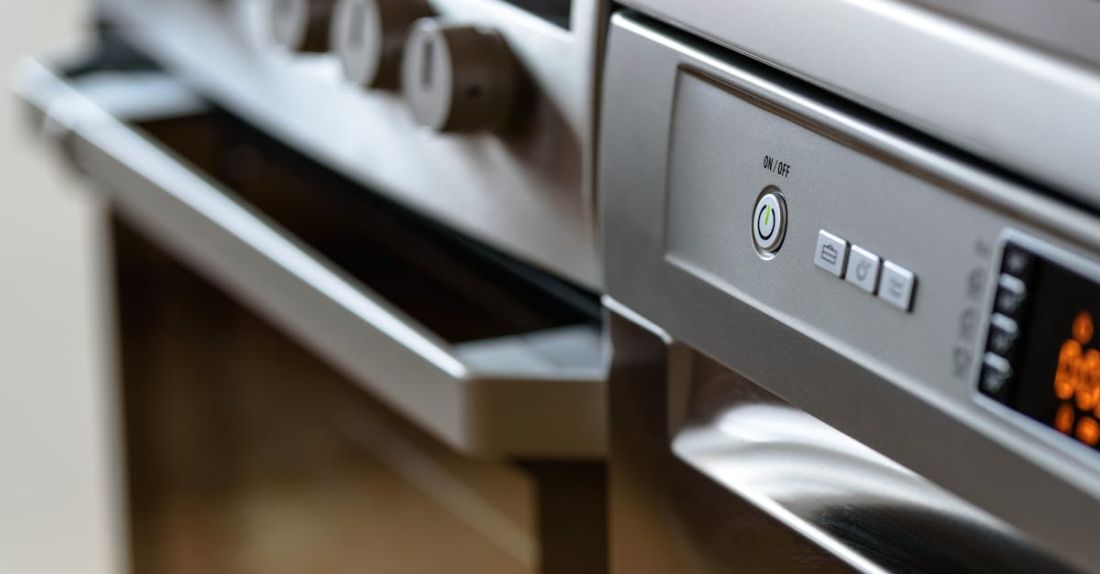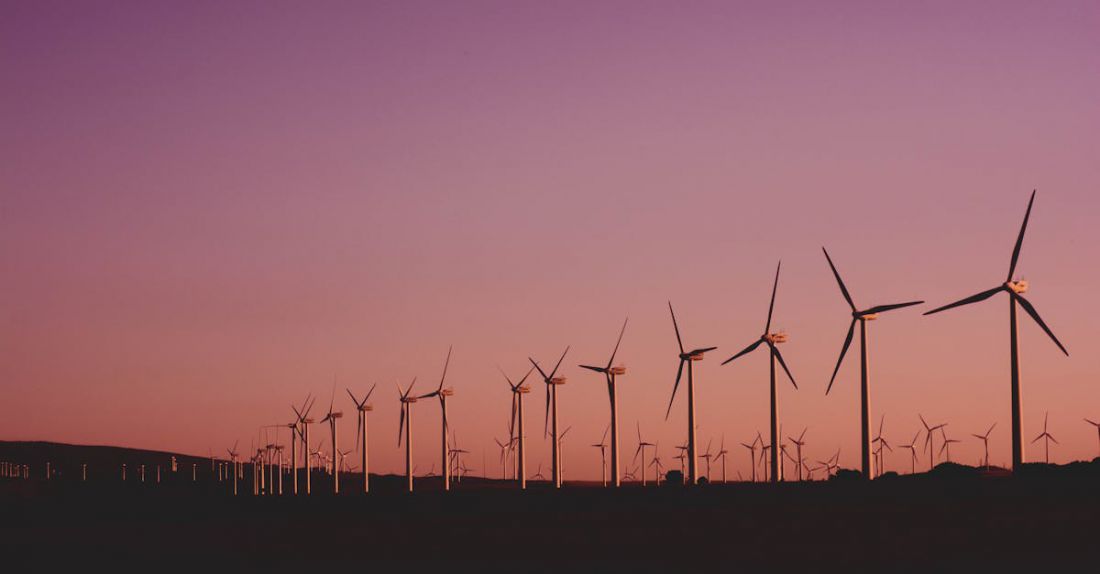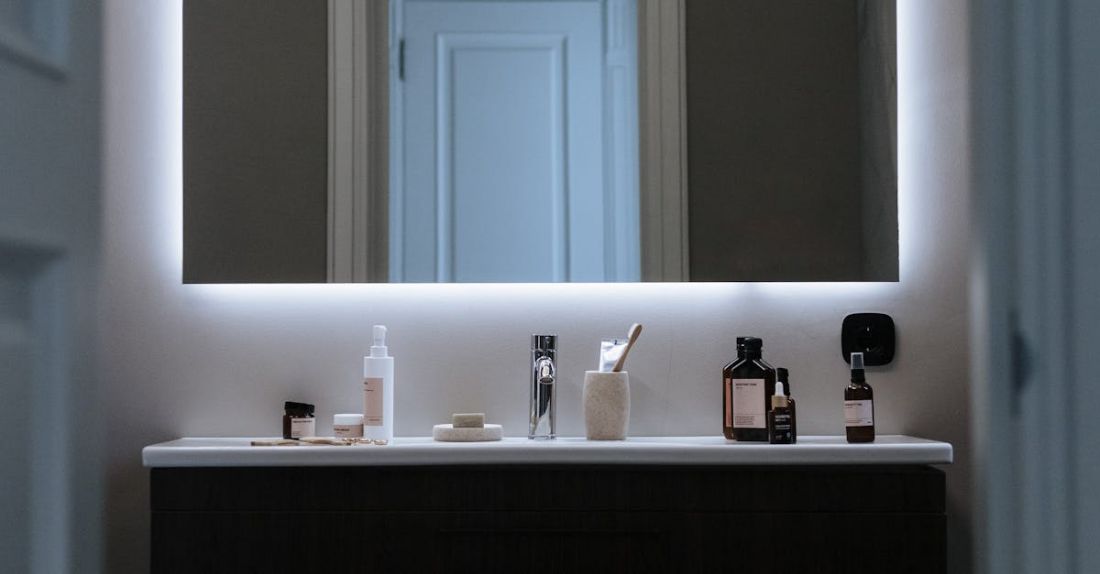
In today’s world, where energy conservation is becoming increasingly important, investing in energy-saving appliances can not only help reduce your carbon footprint but also save you money in the long run. With advancements in technology, there are now a variety of energy-efficient appliances available on the market that can significantly lower your electricity bills while also being environmentally friendly. Let’s take a look at some of the top energy-saving appliances that you should consider for your home.
Refrigerators:
Refrigerators are one of the most energy-consuming appliances in a household. When shopping for a new refrigerator, look for models that are Energy Star certified. These refrigerators are designed to use less energy while still providing optimal performance. Additionally, consider the size of the refrigerator; a larger fridge will consume more energy than a smaller one. Features like adjustable temperature controls and energy-saving modes can further reduce energy consumption.
Washing Machines:
Another energy-guzzling appliance in most homes is the washing machine. Opt for front-loading washing machines over top-loading ones, as they are more energy-efficient. Look for washing machines with a high energy efficiency rating and features like cold water settings, which can significantly reduce energy usage. Consider investing in a washing machine with a quick wash cycle option to save both energy and water.
Dishwashers:
Dishwashers are convenient but can also be energy-intensive. Choose a dishwasher with an Energy Star label, as these models use less water and energy compared to conventional models. Look for dishwashers with features like soil sensors, which adjust the wash cycle based on the level of dirt on the dishes, saving both water and energy. Opt for air-drying instead of heat-drying to further reduce energy consumption.
LED Light Bulbs:
Switching to LED light bulbs is an easy and cost-effective way to save energy in your home. LED bulbs use significantly less energy and last much longer than traditional incandescent bulbs. While LED bulbs may have a higher upfront cost, the savings on your electricity bill over time make them a worthwhile investment. Additionally, LED bulbs produce less heat, making them safer and more efficient.
Smart Thermostats:
Installing a smart thermostat in your home can help you save energy by automatically adjusting the temperature based on your preferences and schedule. Smart thermostats can learn your heating and cooling patterns and make adjustments to optimize energy usage. They also have features like remote control via smartphone apps, which allow you to monitor and adjust your home’s temperature even when you’re away.
Induction Cooktops:
Induction cooktops are a more energy-efficient alternative to traditional gas and electric stoves. These cooktops use electromagnetic energy to heat pots and pans directly, resulting in faster cooking times and less energy wastage. Induction cooktops are also safer to use, as they only heat the cookware and not the surrounding surface.
Energy-efficient Windows:
While not technically an appliance, energy-efficient windows can significantly reduce energy loss in your home. Investing in windows with double or triple panes, low-emissivity coatings, and insulated frames can help keep your home well-insulated, reducing the need for heating and cooling. Energy-efficient windows can also help block out noise and harmful UV rays, improving your overall comfort and well-being.
In conclusion, investing in energy-saving appliances is not only beneficial for the environment but also for your wallet. By choosing appliances with high energy efficiency ratings and features designed to reduce energy consumption, you can lower your electricity bills and reduce your carbon footprint. Consider upgrading to energy-saving appliances in your home to enjoy long-term savings and contribute to a more sustainable future.





